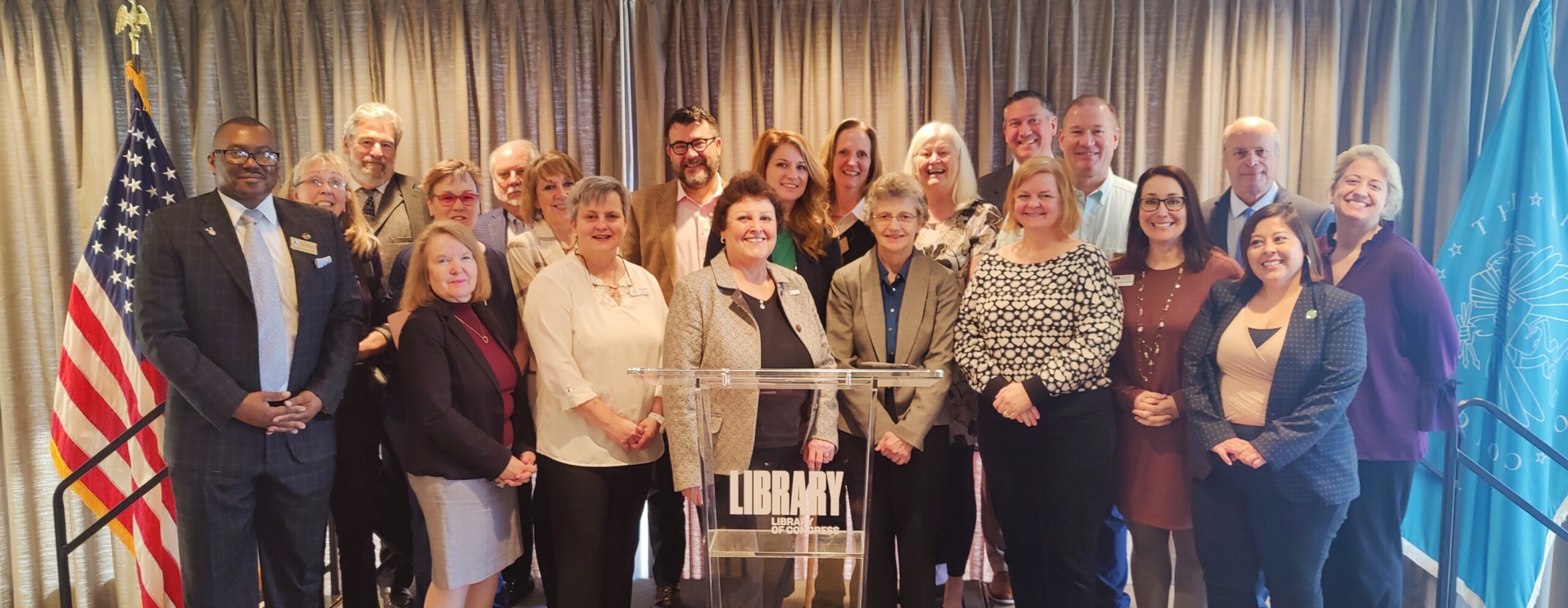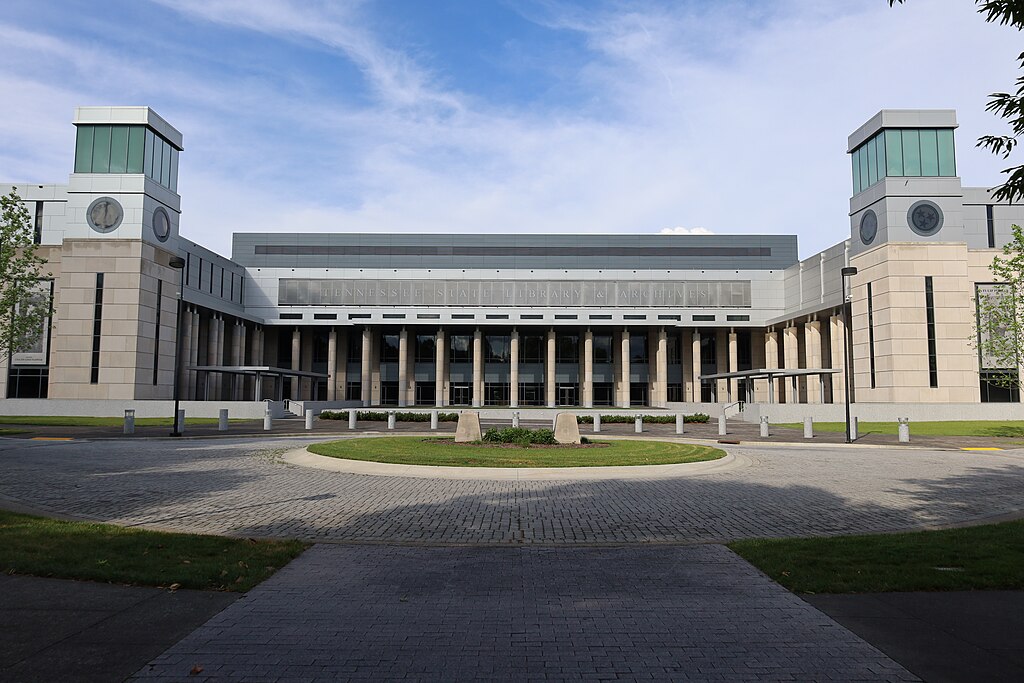“If you’ve seen one state library, you’ve seen one state library.” This quote, origin unknown, is a common joke shared among state librarians and library staff. While every state, Washington D.C., and a couple U.S. territories have a state library, these libraries are as different as the states themselves.
The purpose of a state library is primarily to collect and develop collections relevant to their state, while providing support to the residents and libraries within the state. What these services are, and the extent of these services, varies from state to state based on each state library’s mission, availability of funding, location and geographic area or size of the state.
Some state libraries, like the Indiana State Library and Tennessee State Library & Archives, have buildings that are open to the public to visit and browse, and most seem to be located in the state’s capital, sometimes even adjacent to the capitol itself. Others, like the Montana State Library, are governmental offices, operating more like an archive or state agency, with little to no public-facing component. The Indiana State Library supports 236 independent, locally governed and funded public library systems across the state, while the Hawaii State Library operates all of the public library buildings across the islands as one large library system operated by the state.
The governance of state libraries varies, too. Some are under their state’s Department of Education. Some are governed by their state’s Secretary of State. Some, including Indiana, are independent state agencies reporting directly to their governor. State library funding is usually dependent on the state’s budget, although all states receive federal funding via the Institute of Museum and Library Service’s Grants to States program. Some states receive additional funding through grants and foundations or gifts.
State libraries are commonly led by a State Librarian, or “chief.” They serve as the director or manager of their state system, as well as a trusted advisor for libraries of various types across the state. State librarians usually, but not always, have a library background with a Masters of Library Science and years of management experience. However, in some states, like Illinois, the Secretary of State appoints the State Librarian. There is a national network for these state librarians called COSLA, or the Chiefs of State Library Agencies, which provides support for these individuals as they lead their state’s library communities and navigate difficulties such as state budgets and intellectual freedom challenges.

A recent meeting of chief officers, as featured on the COSLA website.
COSLA regularly convenes these chiefs in national meetings, in person and virtually. In addition to the chiefs meeting, there are numerous ways for other state library staff to connect with staff of other state libraries. Continuing education specialists convene annually to talk about improving and developing new learning opportunities for library staff. Library development directors (like me!) meet informally weekly via Zoom to chat about news from and issues affecting their states’ libraries and occasionally meet in person at larger library conferences. Other services that state libraries have in common include administering interlibrary loan services, databases, operating their state’s federal depository and facilitating National Library Service for the Blind and Print Disabled services.
While they may differ in location and governance, one thing all state and territorial libraries share is a passion for library services, and tailoring those services to their own unique state.
This blog post was written by Jen Clifton, Library Development Office.


